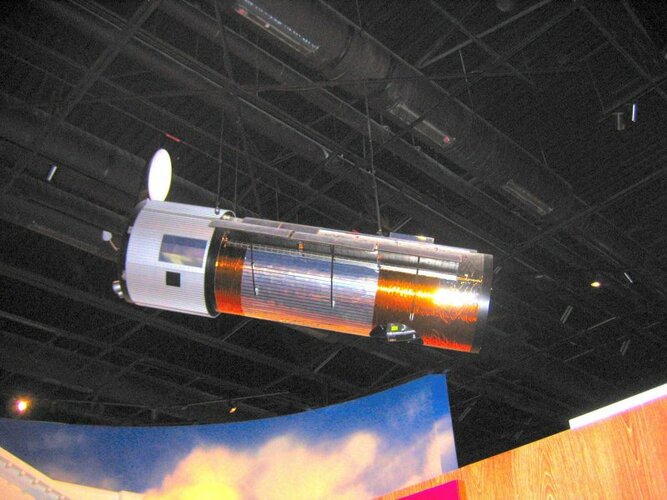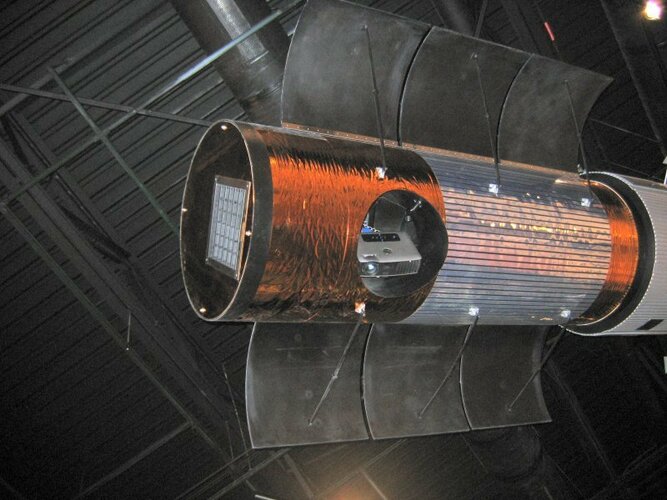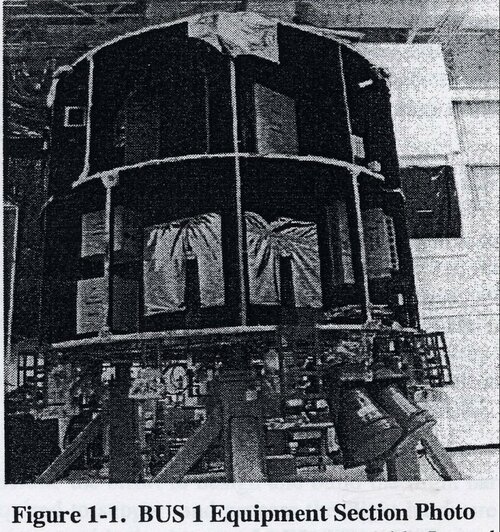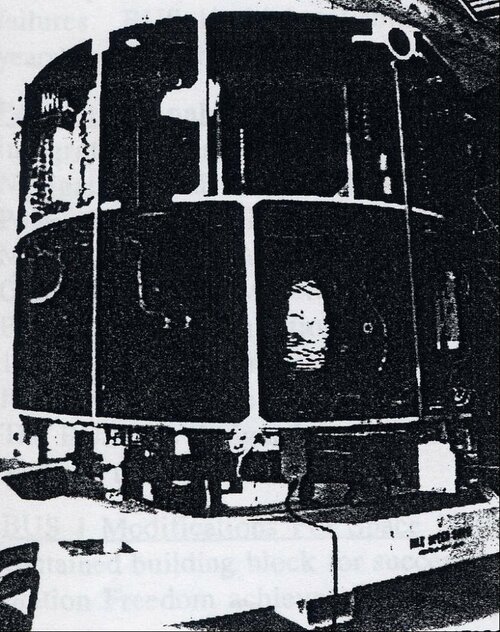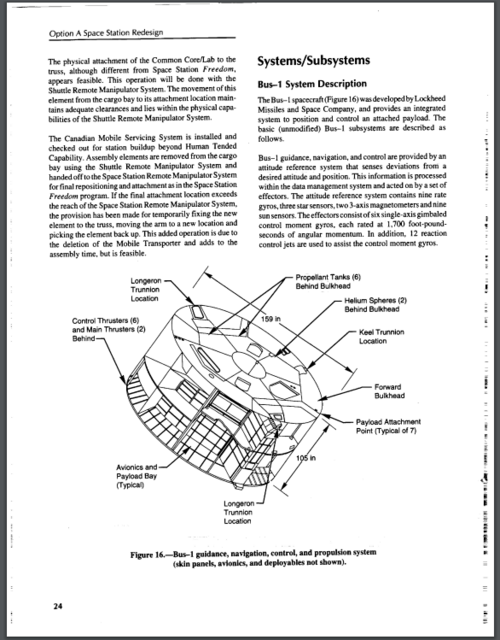- Joined
- 21 January 2015
- Messages
- 12,137
- Reaction score
- 16,298
Dig that old style IT technology, the monitors alone look like they are out of the arc!
That film does raise a personal bugbear that is it mentions the importance of satellite reconnaissance in the Cuban missile crisis, yet you get all these history books about that event and they are happy to mention the U-2 but you never hear anything about the satellite side of things.
View: https://www.youtube.com/watch?v=EAB68KaTpg0
That film does raise a personal bugbear that is it mentions the importance of satellite reconnaissance in the Cuban missile crisis, yet you get all these history books about that event and they are happy to mention the U-2 but you never hear anything about the satellite side of things.
Last edited:






